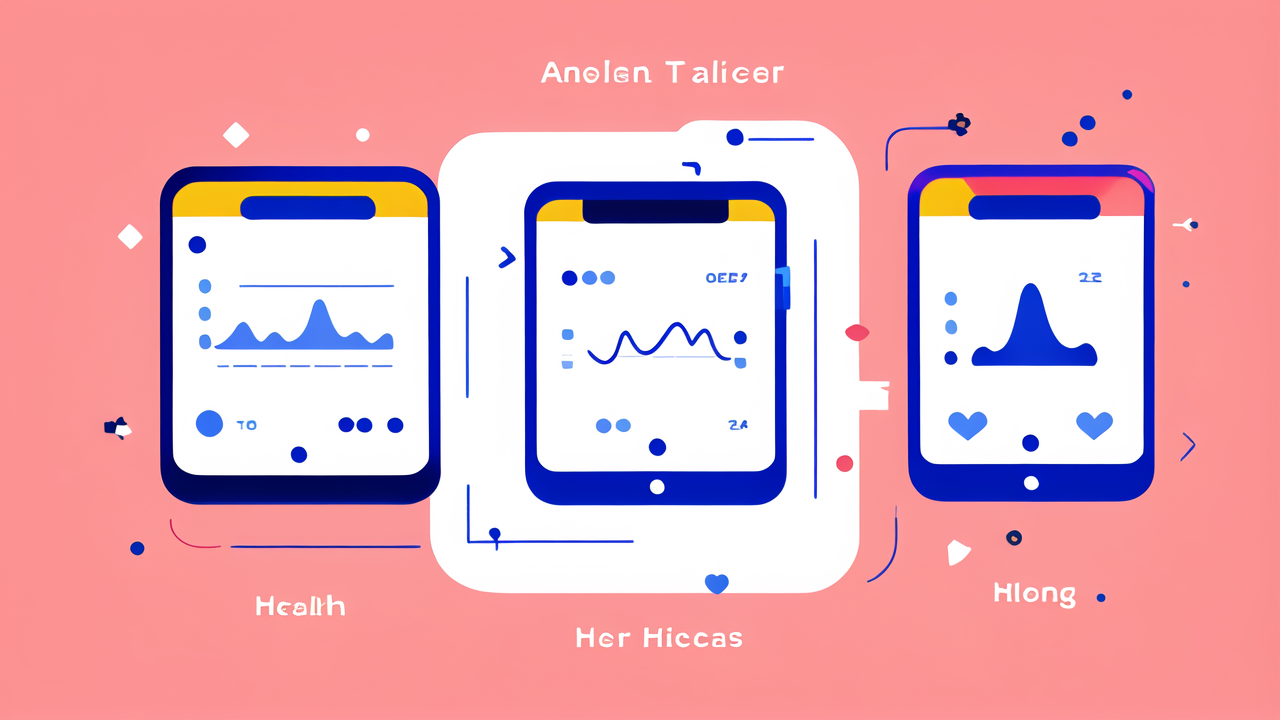Understanding the Rise of Smart Watches in Healthcare
The Evolution of Wearable Technology
Wearable tech has come a long way in recent years. It started with simple step counters. Now, we have smart watches that can do so much more. These devices have become smaller and more powerful. They can track our health in ways we never thought possible.

Smart watches now have many sensors. These can measure heart rate, blood oxygen, and even ECG. The tech keeps getting better. New features are added all the time. This rapid growth has made smart watches a key tool in health monitoring.
Smart Watches: A New Frontier in Patient Monitoring
Smart watches are changing how we track health. They offer real-time data on vital signs. This is huge for both patients and doctors. People can now keep an eye on their health 24/7. They don't need to wait for a doctor's visit.
These devices can alert users to potential health issues. They can detect irregular heartbeats or low oxygen levels. This early warning system can save lives. It allows for quick action when something isn't right.
The Impact of Connectivity and AI
Connectivity is a game-changer for smart watches. They can send data to doctors in real-time. This means faster and more accurate care. AI takes this even further. It can spot patterns in the data that humans might miss.
AI can predict health issues before they happen. It can suggest lifestyle changes to improve health. This mix of AI and connectivity makes smart watches powerful health tools. They're not just gadgets anymore. They're becoming an essential part of healthcare.
Key Features of Top Smart Watches for Health
Heart Rate Monitoring and Its Importance
Heart rate monitoring is a key feature of smart watches. It can tell us a lot about our health. A normal resting heart rate is between 60 and 100 beats per minute. Smart watches can track this all day long.

They can alert you if your heart rate is too high or too low. This is crucial for people with heart conditions. It can also help athletes optimize their training. Some watches can even detect irregular heart rhythms. This can be a sign of serious health issues.
Blood Sugar Levels and Temperature Tracking
Newer smart watches can now track blood sugar levels. This is a big deal for people with diabetes. It makes managing the condition much easier. No more finger pricks needed. The watch can alert you if your levels are off.
Temperature tracking is another new feature. It can help detect fevers early. This is useful for spotting infections. Some watches can even track skin temperature changes. This can help women track their menstrual cycles.
Advanced Analytics and Personalized Insights
Smart watches don't just collect data. They analyze it too. They can spot trends in your health over time. This can help you make better lifestyle choices. For example, they might notice you sleep better when you exercise.
These insights are personalized to each user. The more you wear the watch, the smarter it gets. It learns your habits and patterns. This allows for truly tailored health advice. It's like having a personal health coach on your wrist.
Integrating Smart Watches into Healthcare Systems
Challenges and Considerations for Healthcare Providers
Integrating smart watches into healthcare systems isn't easy. There are many challenges to overcome. Privacy is a big concern. Health data is very sensitive. It needs to be protected. Healthcare providers must ensure this data is secure.

There's also the issue of data overload. Smart watches generate a lot of information. Doctors need to figure out how to use this data effectively. They can't spend hours analyzing each patient's watch data. We need better systems to sort and prioritize this information.
Another challenge is accuracy. Smart watches are getting better, but they're not perfect. Doctors need to know when to trust the data and when to be skeptical. Training will be needed to help healthcare providers use these tools effectively.
Success Stories from the United States
Despite the challenges, there are many success stories. In the U.S., some hospitals are already using smart watch data. They're finding it helps with patient care. For example, one hospital used Apple Watches to monitor heart patients at home.
This allowed them to catch problems early. Patients could be treated before they got really sick. It also reduced hospital readmissions. This saved money and improved patient outcomes. Another success story comes from diabetes care.
Some clinics are using smart watch data to help patients manage their condition. They can see how diet and exercise affect blood sugar levels. This has led to better control of diabetes for many patients. These stories show the potential of smart watches in healthcare.
Future Trends in Wearable Health Technology
The future of wearable health tech looks bright. We're likely to see even more advanced sensors. These could track things like blood pressure or even detect certain diseases. The goal is to catch health issues earlier than ever before.
AI will play a bigger role too. It will get better at predicting health problems. It might even suggest treatments. We may also see more integration with other health devices. Smart watches could work with smart scales or blood pressure cuffs.
Another trend is towards more specialized devices. We might see watches designed for specific conditions. For example, a watch just for heart patients or diabetics. The key is making these devices more useful and easier to use. As they improve, smart watches will become an even bigger part of healthcare.




Leave a comment
This site is protected by hCaptcha and the hCaptcha Privacy Policy and Terms of Service apply.